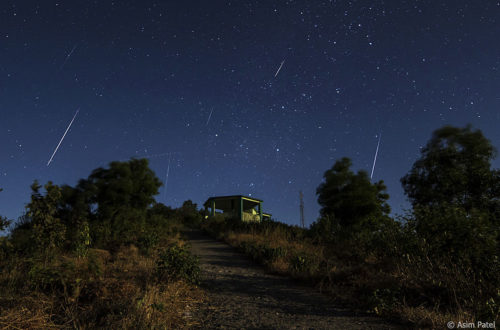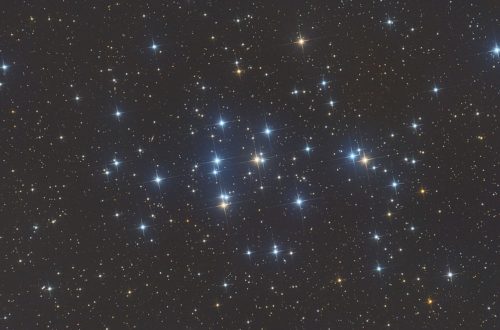Stargazing Calendar for September 2023
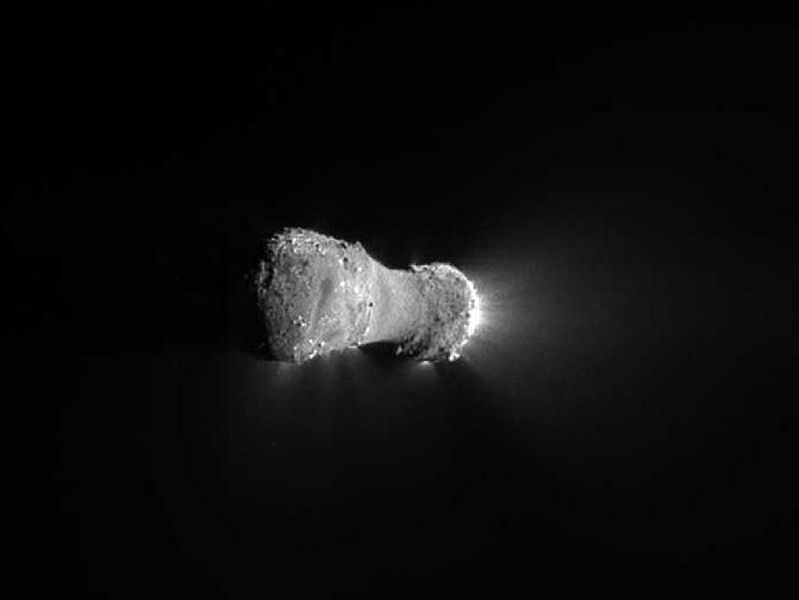
Looking for the September 2025 stargazing calendar?
This month, the night sky beckons with a captivating celestial lineup. Look forward to the intriguing dance of planets in conjunctions, the mesmerizing streaks of meteors during showers, and Venus radiating at its brightest. Don’t miss the chance to witness Comet Hartley 2’s close encounter or the majesty of the 47 Tuc globular cluster. The September sky promises a celestial spectacle for all to enjoy!
Would you like to be notified of stargazing events?
Summary of Meteor Showers in September 2023
- Aurigids: Start on August 28; peak on August 31; end on September 5.
- ν-Eridanids: Start on September 1; peak on September 6; end on October 29.
- September ε-Perseids: Start on September 5; peak on September 9; end on September 21.
- χ-Cygnids: Start on September 3; peak on September 14; end on September 25.
- Daytime Sextantids: Start on September 9; peak on September 27; end on October 9.
- Southern Taurids: Start on September 10; peak on October 10; end on November 20.
Summary of Conjunctions in September 2023
- Conjunction of the Moon and Jupiter in Aries on September 4.
- Conjunction of the Moon and Mercury in Leo on September 13.
- Conjunction of the Moon and Mars in Virgo on September 16.
- Conjunction of the Moon and Saturn in Aquarius on September 26.
September 4: Conjunction of the Moon and Jupiter
The Moon and Jupiter will be at conjunction by sharing the same right ascension and passing within 3°18′ of each other.
At around the same time the two bodies will also make a close approach (appulse) reaching 3°04′ from each other, but no longer sharing the same right ascension.
Both bodies will be visible in the constellation Aries with apparent magnitudes of -12.3 for the Moon and -2.7 for Jupiter. The Moon will be 19 days old or waning gibbous.

September 5: Close approach of the Moon and M45
The Moon and the Pleiades star cluster (M45) will make a close approach or appulse, just like last month. This will happen again in the constellation of Taurus.
You can observe this astronomical event with the naked eye because the Moon will be at apparent magnitude -12.1 and M45 at 1.3. The Moon will be 20 days old, meaning it will be waning gibbous.

September 6: ν-Eridanid meteor shower peak
The variable rate meteor shower Νu Eridanid will peak on September 6. Some meteors may also be visible between September 1 and October 29. They will appear to radiate from the constellation of Eridanus at the fast rate of 67 km/s on average.
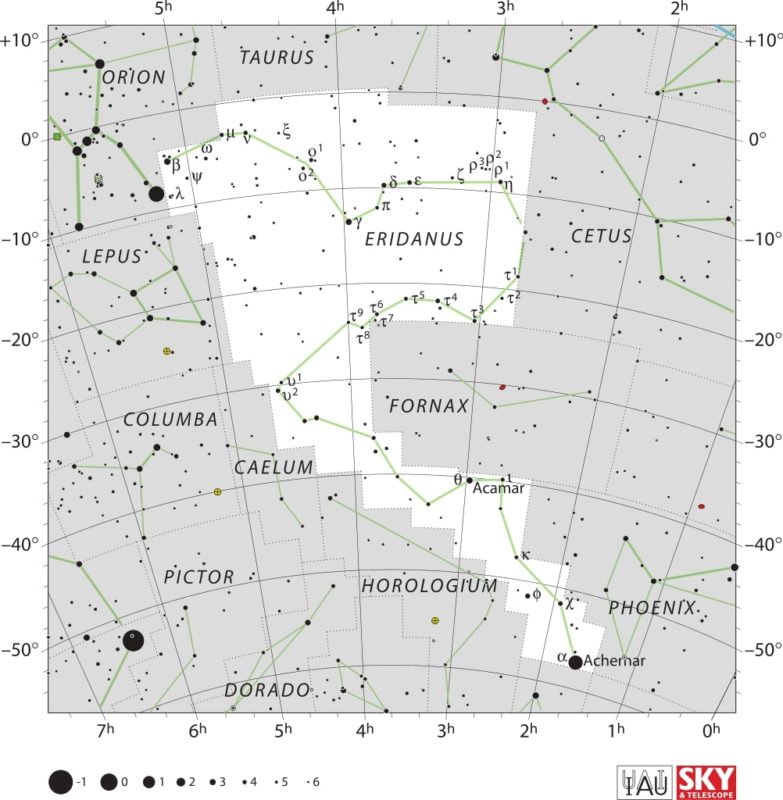
September 9: September ε-Perseid meteor shower peak
On the 9th, the September Epsilon Perseid meteor shower will peak. At this time there will be an average of 5 meteors per hour assuming ideal observation conditions.
Some meteors can also be visible between September 5 and September 21, as the meteor shower will be active between those dates. They will appear to radiate from the constellation of Perseus at an average speed of 64 km/s. The Moon will offer very little interference as it will be a waning crescent at 24 days old.

September 13: Conjunction of the Moon and Mercury
There will be another conjunction, this time of the Moon and Mercury. The two celestial bodies will share the same right ascension passing 5°59′ of each other.
They can be found in the constellation of Leo with apparent magnitudes of -8.1 for the Moon and 2.0 for Mercury. However the Moon will be a very thin waning crescent at 28 days old.
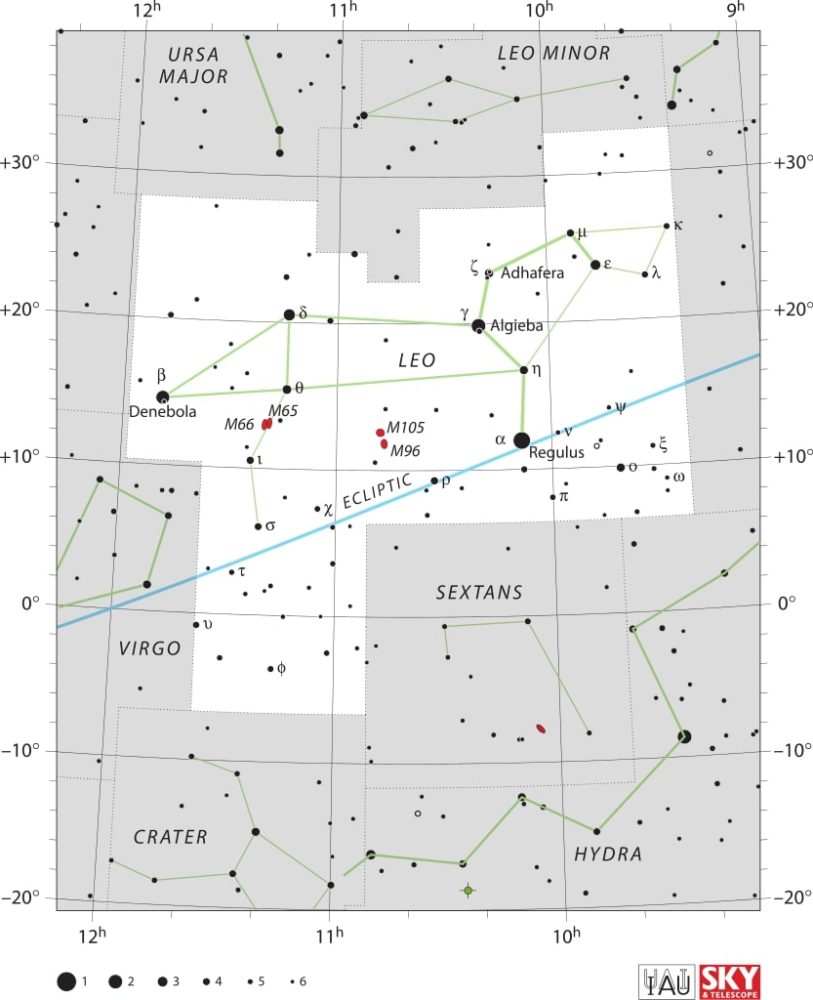
September 14: χ-Cygnid meteor shower peak
The Chi Cygnid meteor shower will peak on September 14. It’s a variable rate shower active between September 3 and September 25. The meteors will appear to radiate from the constellation of Cygnus at the slow average speed of 15 km/s.
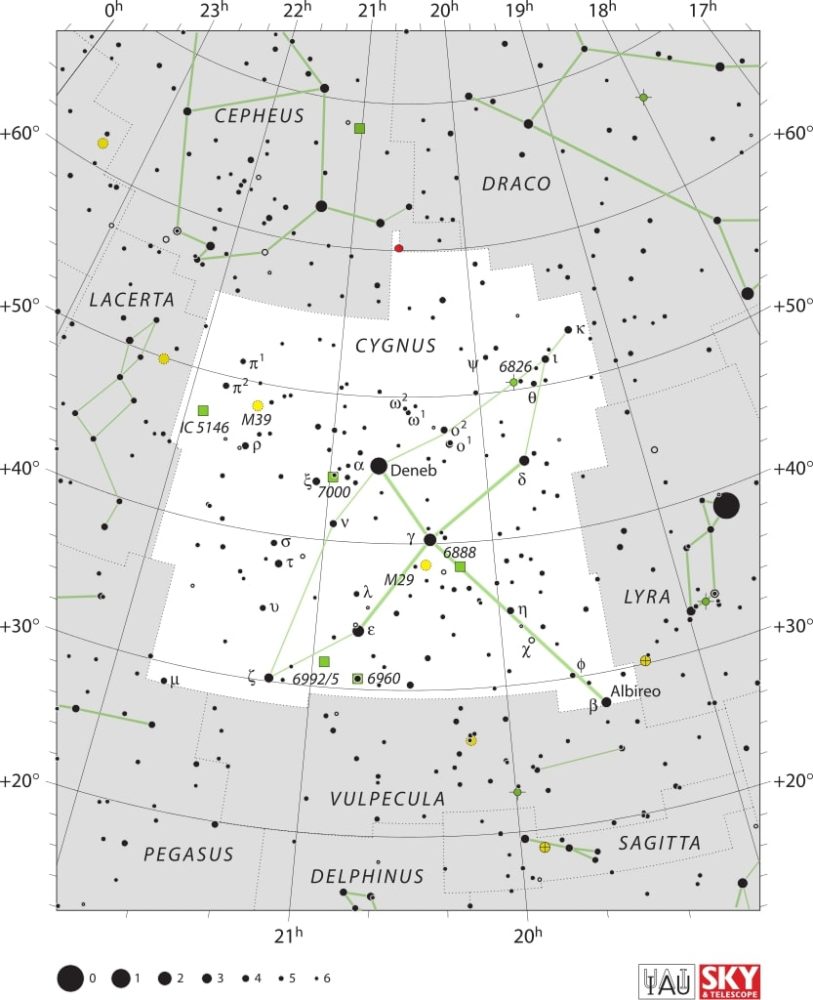
September 16: Conjunction of the Moon and Mars
The Moon and Mars will be at conjunction by sharing the same right ascension and passing within 39′ of each other.
Look for the two bodies in the constellation of Virgo. The Moon will be a very thin waxing crescent at only one day old. Despite this, the Moon will still be at apparent magnitude of -8.7, while Mars will be at magnitude 1.7.
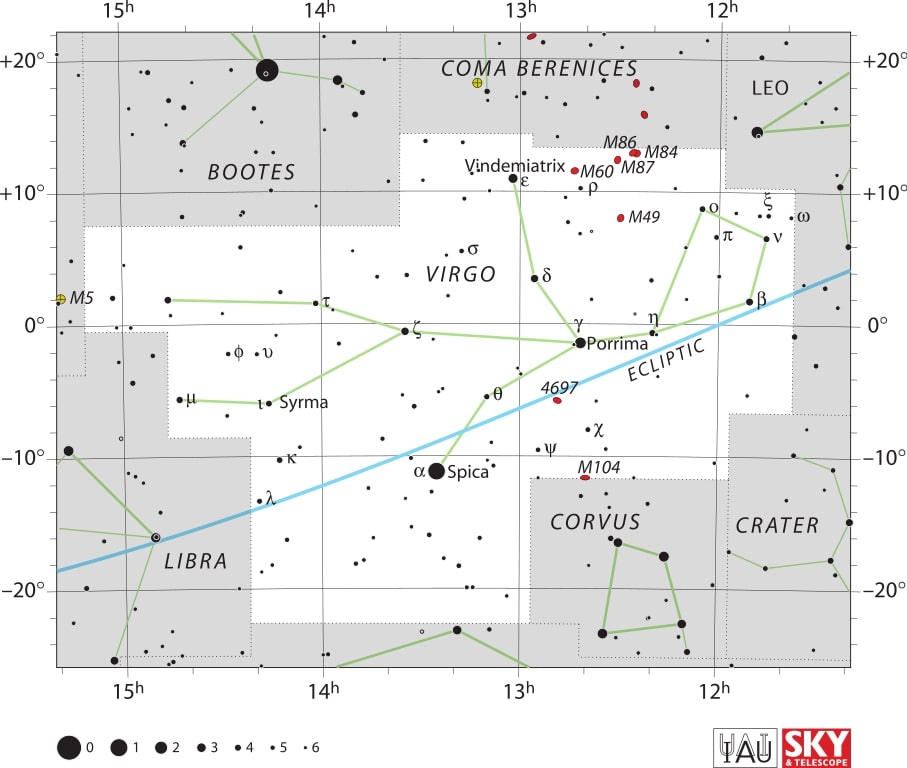
September 18: Venus at greatest brightness
Venus will reach the brightest point in the cycle of its 2023–2024 morning apparition. It will be at apparent magnitude -4.5 in the constellation of Cancer. The Moon will not be interfering as it will be only 3 days old – a thin waxing crescent.
The brightness of Venus is determined by two factors: its proximity to Earth and its phase. Its phase changes depending on where it is in relation to the Earth. When Venus is still a crescent – with less than half of its disk illuminated – it shines brightest. This is due to the fact that it is significantly closer to the Earth during its crescent phases than it is at other times.
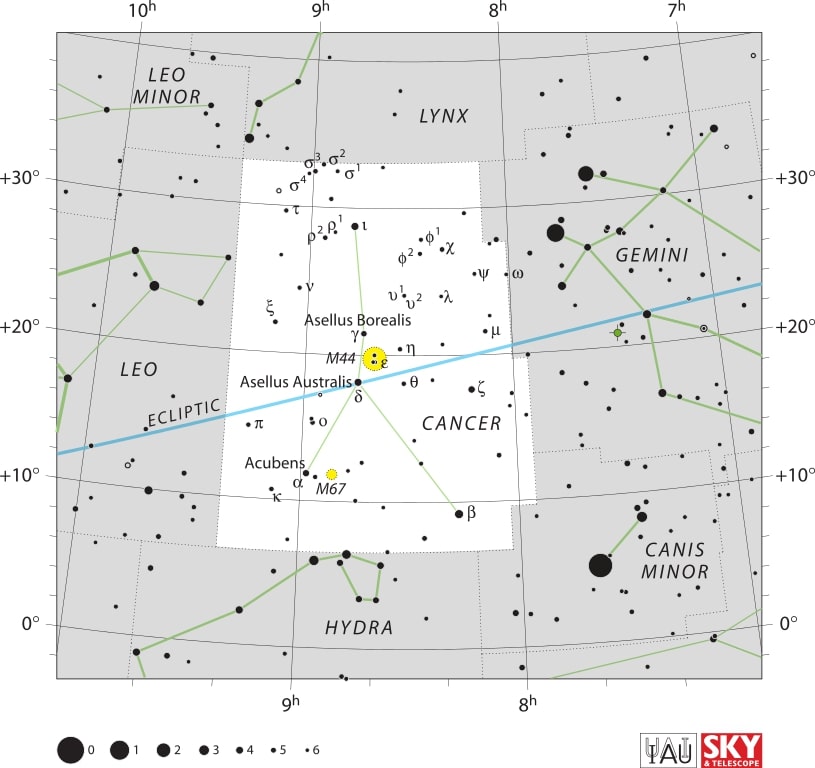
September 19: Neptune at opposition
Neptune will reach opposition, when it lies opposite to the Sun in the sky, reaching the highest point in the sky around midnight local time, regardless of where in the world you are.
It will be at apparent magnitude 7.8, so not visible to the naked eye, but a small telescope will suffice. Look in the constellation of Pisces. The Moon won’t be interfering much because it will be a waxing crescent at 4 days old.
At around the same time, Neptune will also reach its closest point to Earth (perigee) at a distance of 28.90 AU.

September 22: Mercury at greatest elongation west
Mercury will reach its greatest separation from the Sun during its Sep–Oct 2023 morning apparition. It will be shining brightly at apparent magnitude -0.5 in the constellation of Leo. The Moon will be waxing gibbous at 7 days old.
Be very careful when observing an object close to the Sun. Pointing a telescope or binoculars directly at the Sun can cause severe damage to your eyes, including permanent blindness.
September 23: September equinox
The September equinox is the beginning of autumn for those in the northern hemisphere and the beginning of spring for those in the southern hemisphere.
The Sun’s annual trip through the zodiac constellations carries it across the celestial equator on the day of the equinox, giving everyone on Earth nearly exactly 12 hours of day and night.
The term equinox is a combination of the Latin words aequus (equal) and nox (night).
September 26: Conjunction of the Moon and Saturn
The Moon and Saturn will be at conjunction by reaching 2°38′ from each other while sharing the same right ascension. The duo will be too far apart to fit within the field of view of a telescope, but they will still be visible to the unaided eye or with a pair of binoculars.
Shortly after the conjunction, the Moon and Saturn will get even closer to each other at 2°25′, but no longer sharing the same right ascension.
The two bodies can be seen in the constellation of Aquarius with an apparent magnitude of -12.7 for the Moon and 0.4 for Saturn. The Moon will be waxing gibbous at 11 days old.

September 26: Comet Hartley 2 at closest approach
The comet Hartley 2 (or 103P/Hartley as designated by the Minor Planet Center) will make its closest approach to Earth at 0.3828 AU or 148.9 lunar distances. It will pass at 18.3 km/s relative to Earth. It can be seen in the constellation of Auriga with an apparent magnitude of 13.98.
The comet was discovered by Malcolm Hartley in 1986. It’s a small comet with an orbital period of 6.48 years, which means it’s a frequent guest in the inner solar system. The current estimations of the diameter of the comet are at about 2 km.
Interestingly, this comet has been visited by the Deep Impact spacecraft, as part of the EPOXI mission, on 4 November 2010. So it’s one of the better known comets and thus an interesting target to observe.
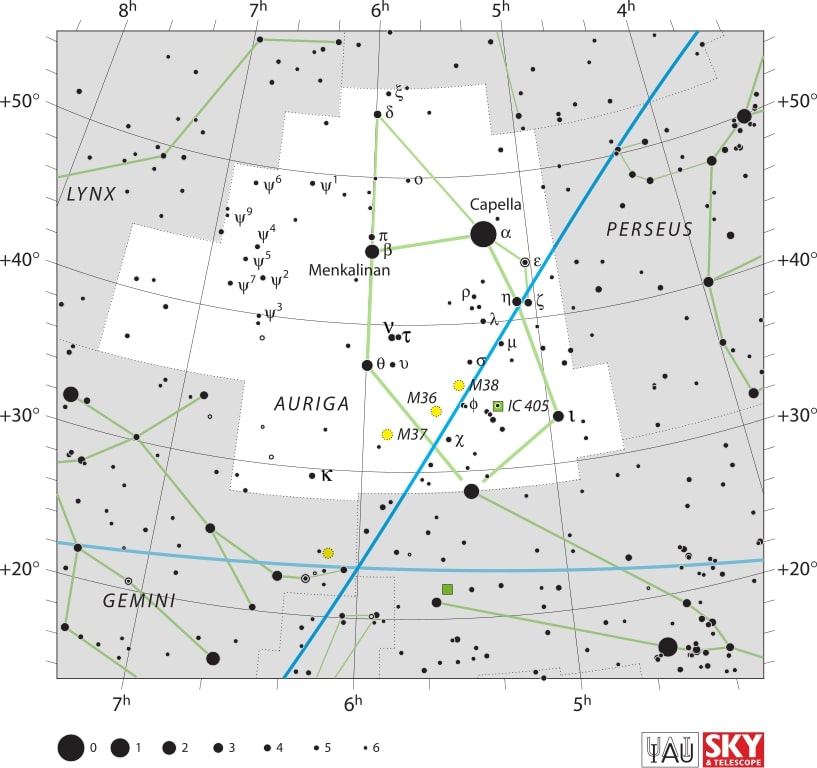
September 27: Globular cluster 47 Tuc at its highest point in the sky
The second brightest globular cluster, 47 Tuc (47 Tucanae, NGC 104, or Caldwell 106), will reach its highest point in the sky at around midnight local time. Since this object is in the constellation of Tucana, which is a southern hemisphere constellation, it won’t be visible for most of us northerners.
It will reach apparent magnitude 4.0, but unfortunately the Moon will be interfering a bit with observation because it will be waxing gibbous at 12 days old. You can observe it with the naked eye, but I would recommend at least a standard pair of binoculars for better observation.
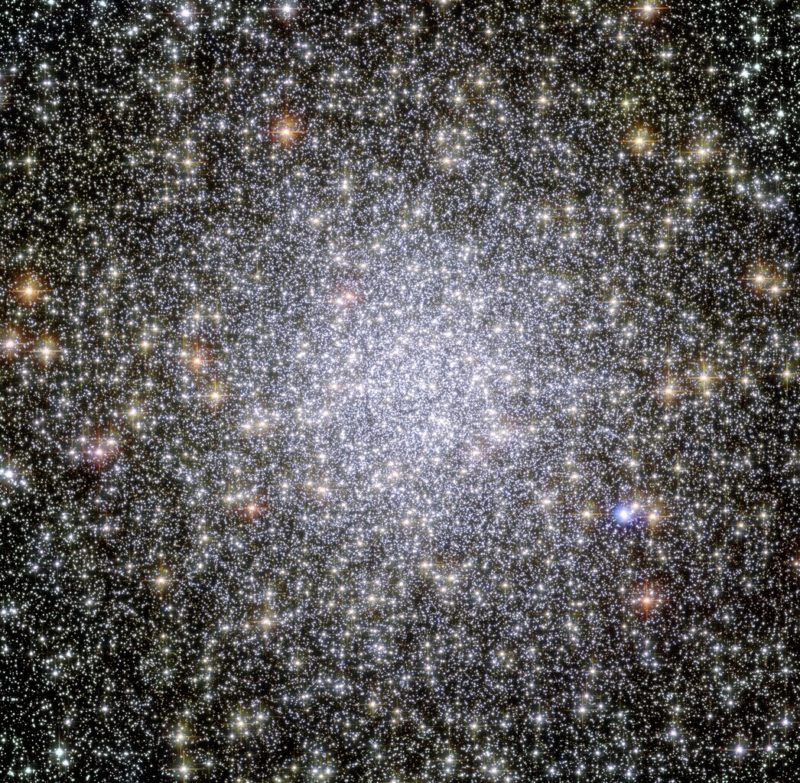
47 Tuc is one of the most massive globular clusters in our galaxy at 120 light years in diameter, containing millions of stars. It’s also relatively close to us at 15,000 ly away. Both those facts combine into why this cluster is the second brightest one in our sky. It is theorized that it may contain an intermediate-mass black hole at its core. Another interesting fact is that this cluster contains stars that are over 13 billion years old, making it unusually old. There are even some pulsars in this cluster!
Of course as an amateur astronomer you won’t be able to spot any evidence of black holes, pulsars, or even individual stars, but it leaves you with a sense of wonder at what else is hidden in this ancient tiny spot of light…
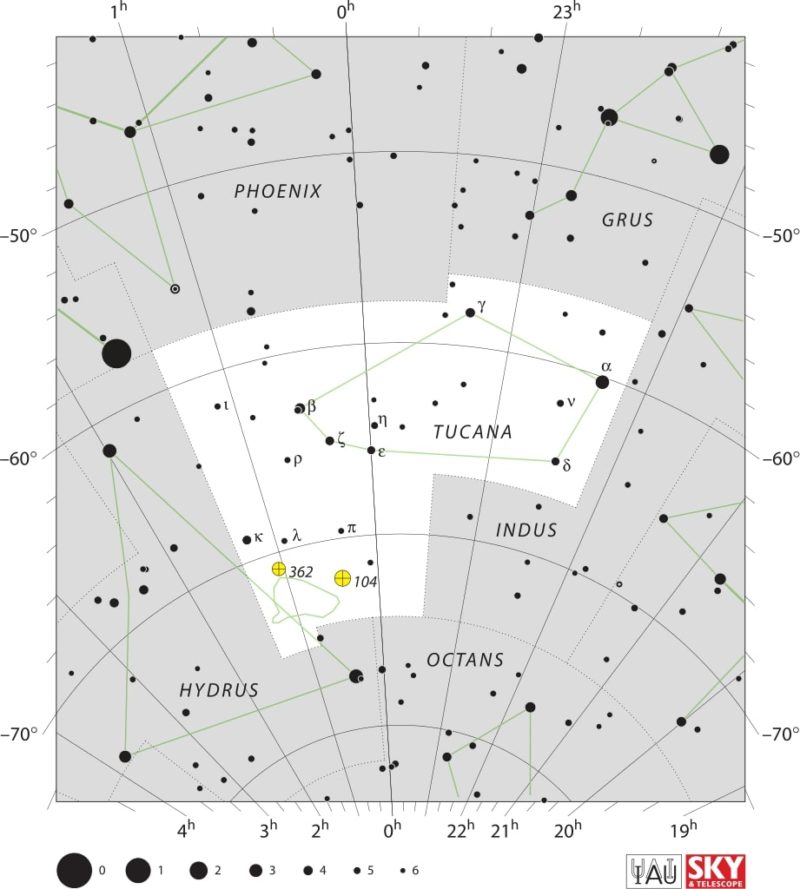
September 27-28: Daytime Sextantid meteor shower peak
Depending on your timezone either on September 27 or on the 28, the Daytime Sextantids will peak with an average of 5 meteors per hour if conditions are ideal. Some meteors may also be seen between September 9 and October 9.
Meteors will appear to radiate from the constellation of Sextans at an average speed of 32 km/s.
It is suspected that this meteor shower originates from debris left by asteroid (155140) 2005 UD, a near-Earth object.
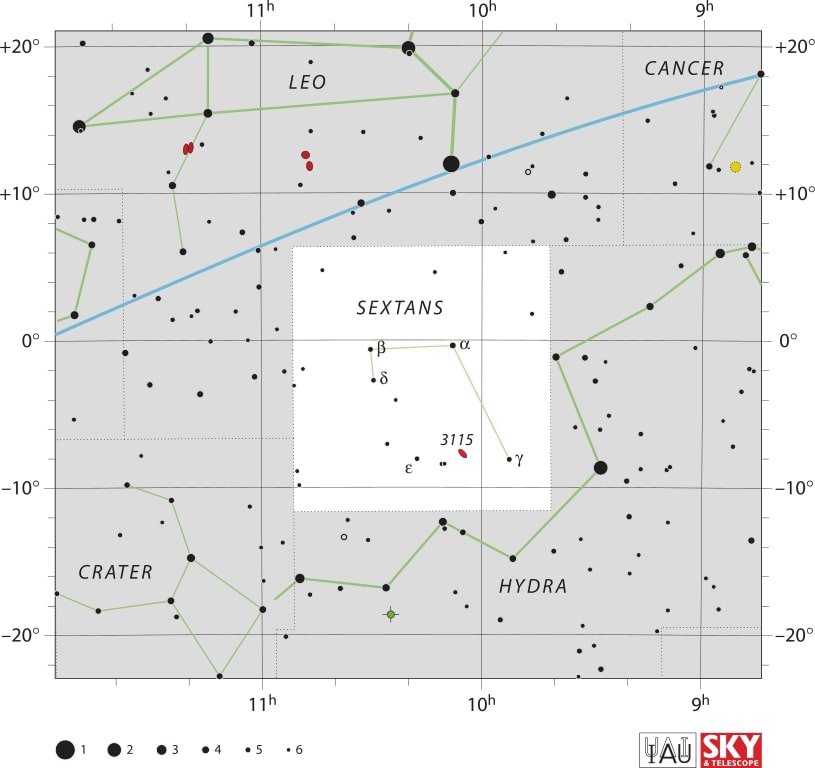
Moon Phases in September 2023
As you know, the Moon has a big impact on the visibility of celestial bodies in the night sky. So here are the Moon’s phases for this month:
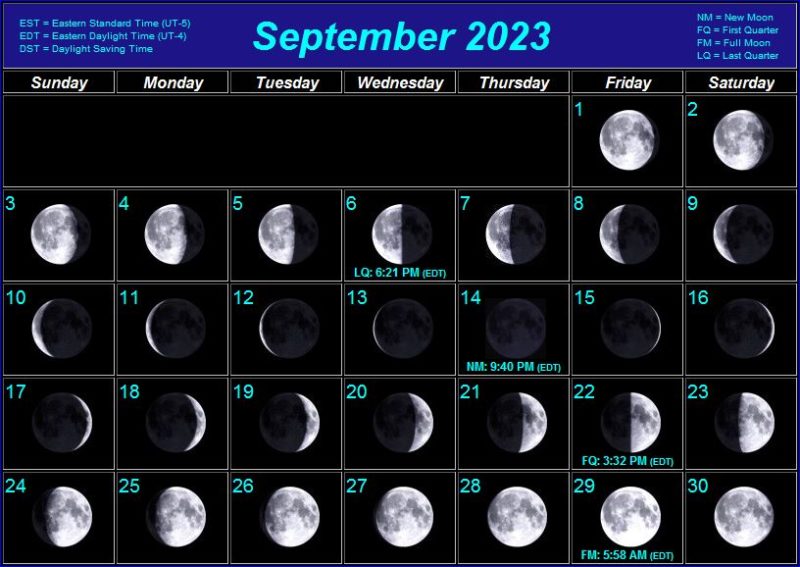
Positions of the Planets in September 2023
Mercury: The closest planet to the Sun can be seen at dawn and dusk travelling across the constellation of Leo. This planet, being the closest to the Sun, will appear to move quickly in the night sky and its position will change in the following weeks.
Venus: The sister planet can be seen travelling across the constellation of Cancer. Just like Mercury, Venus can only be seen at dawn and dusk.
Mars: The red planet can be seen in the constellation of Virgo.
Jupiter: The gas giant is visible in the constellation of Aries. Jupiter can easily be spotted with the naked eye, even in highly illuminated cities.
Saturn: The ringed giant can be seen with the naked eye in the constellation of Aquarius.
Uranus: The gas giant can be seen in the constellation of Aries with the use of a telescope.
Neptune: The blue giant requires a telescope pointed in the constellation of Pisces in order to be seen.
Positions of Dwarf Planets and Large Asteroids in September 2023
Ceres: The asteroid belt’s lone dwarf planet can be seen in the constellation of Virgo with the help of a telescope.
Vesta: This large asteroid can be seen in the constellation of Taurus with a telescope.
Pallas: The asteroid can be observed with a telescope in the constellation of Virgo.
Pluto: This distant dwarf planet can be found in the constellation of Sagittarius with the help of a large telescope.
Major astronomical events next month – October 2023
- October 2 – Asteroid 29 Amphitrite at opposition
- October 6 – October Camelopardalid meteor shower peak
- October 8 – Draconid meteor shower peak
- October 10 – Southern Taurid meteor shower peak
- October 11 – δ-Aurigid meteor shower peak
- October 14 – Annular solar eclipse
- October 18 – ε-Geminid meteor shower peak
- October 18 – Eris at opposition
- October 22 – Orionid meteor shower peak
- October 22 – Comet 2P/Encke at perihelion
- October 24 – Leonis Minorid meteor shower peak
- October 28 – Partial lunar eclipse
Conclusion
In September, skywatchers can look forward to a variety of celestial events. Planetary conjunctions, like the Moon and Jupiter, will bring celestial objects close together. Meteor showers will offer glimpses of shooting stars. Venus will shine brilliantly, while Neptune reaches opposition. The equinox marks a change of seasons. Additionally comet Hartley 2 will make a close pass and the second brightest globular cluster, 47 Tuc, will be well positioned. Each event provides a unique opportunity to explore the night sky.
Sources:
- Planetary ephemerides produced by NASA’s Jet Propulsion Laboratory (JPL)
- International Meteor Organization
See also:
- Previous month’s calendar: Stargazing Calendar for August 2023
- Next month’s calendar: Stargazing Calendar for October 2023
Would you like to receive similar articles by email?



